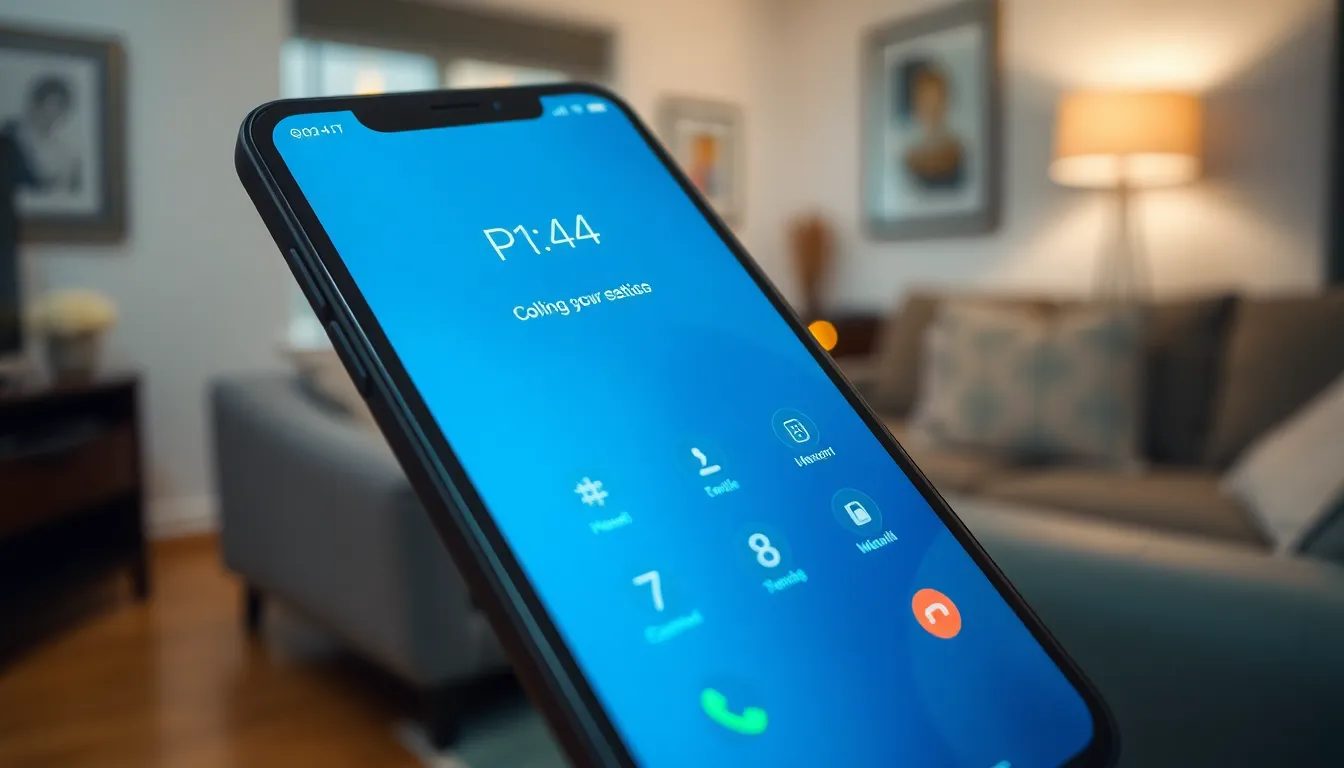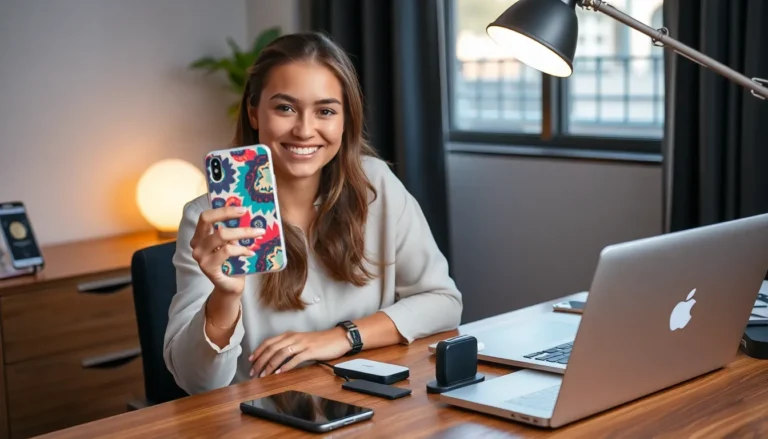Table of Contents
ToggleIn today’s digital age, privacy is more important than ever. Whether it’s for personal reasons or business matters, making a call with a private number can provide the anonymity many seek. In the UK, knowing how to hide your caller ID can be a useful skill, especially when it comes to protecting your identity during sensitive conversations.
This guide will walk you through the simple steps to call with a private number in the UK. By understanding the methods available, you can ensure your calls remain confidential, allowing you to communicate freely without revealing your number. Discover the options that suit your needs and take control of your privacy today.
Understanding Private Number Calls
Private number calls refer to telephone calls where the caller’s number is withheld from the recipient. This method enhances anonymity and can safeguard the caller’s privacy.
Definition of Private Number Calls
Private number calls occur when a caller chooses not to show their phone number on the recipient’s display. In the UK, this is often done by dialing specific codes before the number, such as *67. Private number status may appear as “Unknown,” “Blocked,” or “Private” on the recipient’s device.
Benefits of Using a Private Number
- Enhanced Privacy: Callers can maintain their anonymity, protecting personal and professional information.
- Reduced Harassment: Individuals can limit unwanted callbacks, which decreases interruptions and harassment.
- Improved Security: Privacy in sensitive communications helps prevent data breaches or misuse by malicious parties.
- Control Over Communication: Callers can manage who sees their number, allowing for discretion in specific situations, like business inquiries or personal matters.
How to Call with Private Number UK

Calling with a private number in the UK allows individuals to maintain their privacy while communicating. This section outlines the methods for dialing anonymously on both mobile phones and landlines.
Dialing Methods on Mobile Phones
- Use Caller ID Settings: Access settings on a mobile device. Navigate to the call settings and find the option to hide the caller ID. Toggle the setting to conceal the number for outgoing calls.
- Prefix Dialing Codes: Enter a prefix before dialing the recipient’s number. In the UK, dialing *67 before the number can block the caller ID on many networks. For example: *67 01234567890.
- Contact Your Service Provider: Reach out to the mobile service provider for assistance. Some providers offer specific codes or plans to allow private calling, which may require activation.
Dialing Methods on Landlines
- Use Caller ID Blocking: If using a landline, dial 141 before the intended phone number to hide the caller ID. For example: 141 01234567890 effectively hides the number from the recipient.
- Check Telephone Settings: Review the landline phone’s settings. Some devices permit caller ID blocking through in-built options. Familiarize with the manual for guidance.
- Contact Your Telecom Provider: Reach out to the landline service provider for additional options. Providers may offer services or features that allow for maximum privacy when making calls.
Using Network Features
Utilizing network features allows individuals to privately make calls while managing their caller ID settings. Various UK mobile and landline providers offer specific options for customers to ensure their numbers remain hidden.
Virgin Media
Virgin Media provides several options for hiding caller ID. Customers can access their account settings online or through the Virgin Media app to enable the “Hide Number” feature. When making a call, dialing 141 before the phone number also effectively conceals the caller ID. Virgin Media’s customer support can assist users searching for additional privacy features.
BT
BT users can take advantage of the “Caller Display” service. To hide their number, they should simply dial 141 before the desired number. This method ensures the recipient sees “Private Number” rather than the caller’s ID. BT also allows users to adjust their account settings to permanently withhold their number, with customer support available for further guidance on privacy options.
Three
Three allows users to hide their caller ID by changing settings in their mobile app or by dialing a code. To conceal the number, customers can dial 141 before making a call. Through the Three app, users can also toggle the “Show my caller ID” option to off. This functionality helps safeguard personal information and control identity visibility on calls.
Troubleshooting Common Issues
Certain issues may arise when calling with a private number. Understanding these problems can ensure a smoother experience and maintain privacy during calls.
Rejected Calls
Calls made from private numbers may face rejection by some recipients’ phones. Many individuals use call-blocking features or settings to filter out unknown or private calls. To address this, inform contacts about the intention to call privately. Additionally, checking the phone settings for available options to accept private calls or opting to call from a visible number may reduce rejections.
Receiving Private Number Calls
Receiving calls from private numbers can lead to confusion or concern. The caller ID will typically display “Unknown,” “Blocked,” or “Private.” To manage these calls effectively, individuals may consider utilizing call screening apps or services that allow them to identify or filter private calls. Being vigilant and avoiding answering calls from private numbers without prior knowledge of the caller can minimize unwanted communications.
Embracing the option to call with a private number can significantly enhance personal and professional privacy. By understanding the methods available for hiding caller IDs, individuals can communicate more securely and confidently. Whether using mobile settings or landline features, the ability to control visibility is crucial in today’s digital landscape.
As users navigate their privacy options, staying informed about network provider features and potential call-blocking scenarios can ensure smoother communication. Ultimately, prioritizing privacy not only protects personal information but also fosters trust in various interactions.







